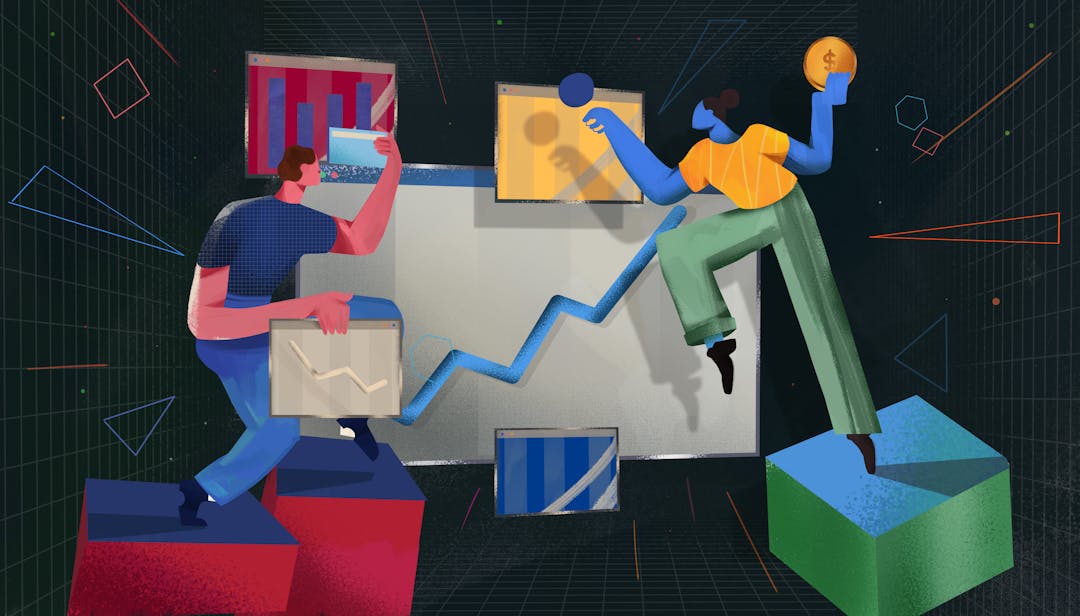The talks around recession are getting louder.
You're likely nervous and scared. You think your customers are scared too.
But here’s a reassuring fact: Happy customers consistently buy more in a recession. It’s true.
Nevertheless, expansion revenue is the most underutilized lever in a recession.
Our Chief Strategy Officer, Patrick Campbell, provided some very valuable intel in another one of his famous threads, which we thought worth sharing. So, we’re going to go through the five methods he discussed — including some hacks for quick and easy implementation — to help you grow your expansion revenue, even in a recession.
What is expansion revenue?
Expansion revenue is any excess revenue that’s generated after the customer’s initial purchase or contract. It's basically your existing customers spending more than they did the month prior.
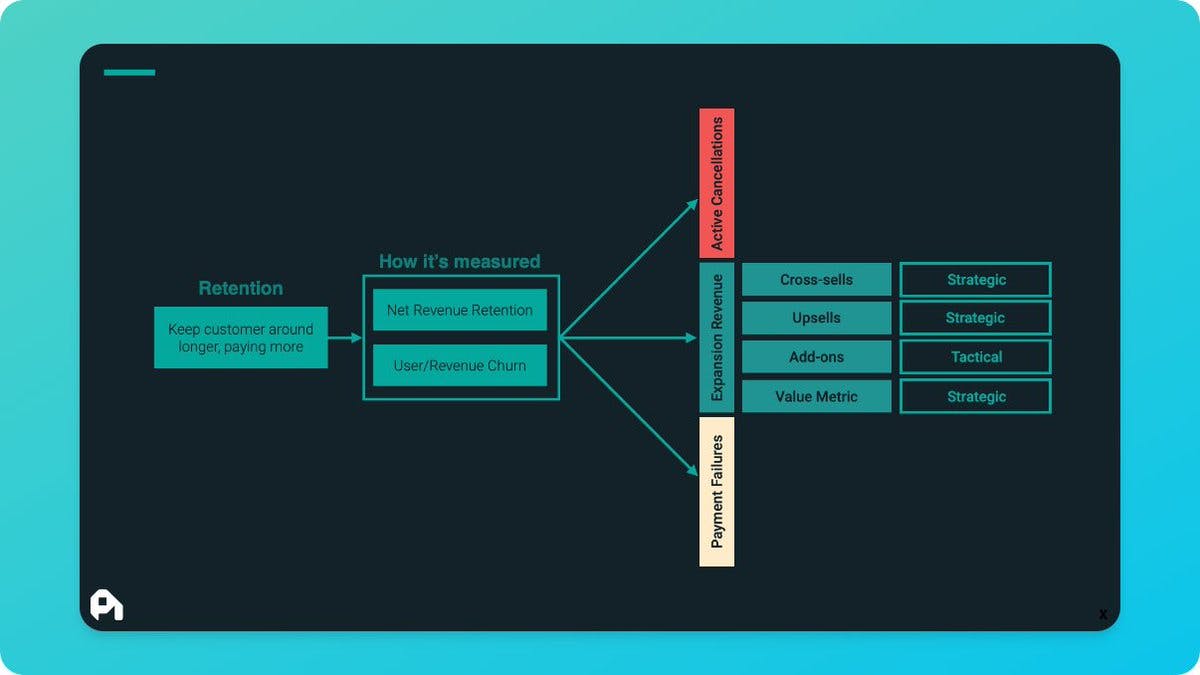
And as you’re forced to be more prudent with expenses in times of recession, expansion revenue is ideal because you’re able to generate new revenue from existing customers without the high costs of acquiring new customers.
The most successful subscription companies have 20% or more of their new revenue coming from existing customers. Most companies, however, have close to zero percent. If it’s such low-hanging fruit, why isn’t it higher?
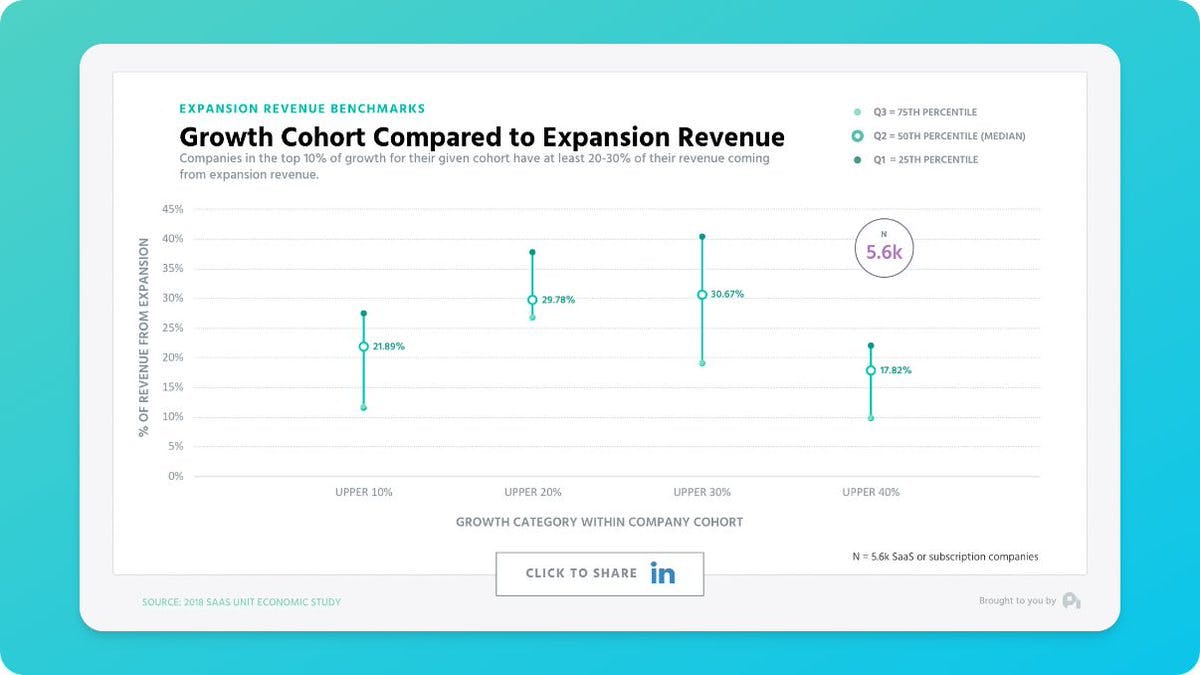
Well, because of "sales brain." Once the customer has been acquired, most assume that's the end.
It's not. It's only just the beginning.
And as acquiring customers becomes more difficult and more expensive, companies are finding their hypergrowth by selling to their existing customer base.
So, how do you do it?
You sell more stuff.
Run a multi-product strategy
Historically, you didn’t build an additional product until you were at $100M in revenue — if ever.
Today, however, most companies are working on a second product before even reaching $10M in annual recurring revenue (ARR). These companies also tend to have growth that's 30%-50% higher than single-product companies.
They fall into the following two strategies:
- Selling across the organization to different personas
- Selling to the same category persona
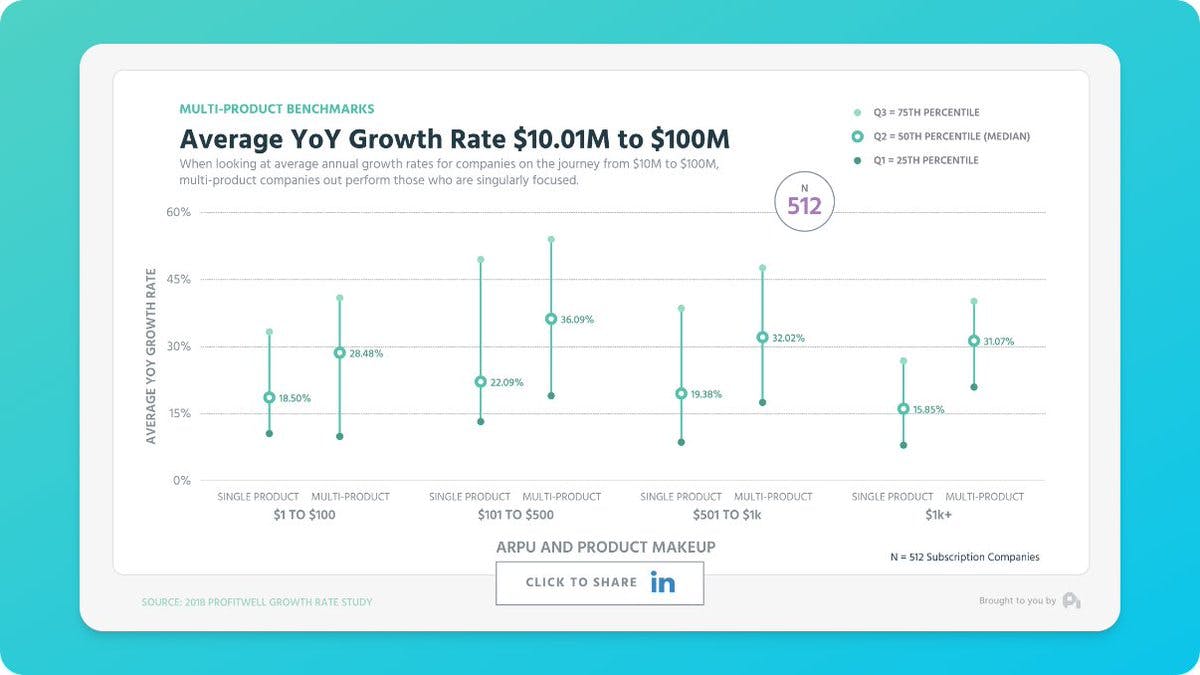
The key is to ensure you have a dedicated product and a dedicated cross-sell resource. Having a separate sales team won’t work as the motion is much too different.
Add upsell tiers to your pricing
You also don't need to have a separate product or create something new, because it’s highly likely that you have features or services you can push to more premium tiers.
One of the biggest pricing mistakes businesses make is bunching everything into just a couple of packages. The top one percent of growing apps have an average of 16.2 tiers — a lot more than your good-better-best strategy.
And though a customer never sees more than three tiers in their lifetime, if you don't have something to sell an existing customer, they can't buy more.
So, diligently think through the upsell path of every buyer segment and force yourself to find something you could upgrade them to. Keep in mind that you’re looking for features that only 10%-15% of users care about and are willing to pay for.
Create an add-on
If you don’t think you have an upgrade option then create an add-on.
A feature that a majority of users don't care about also has users that do care and are willing to pay for it. That is your add-on.
Look at features being utilized by less than 40% of users in a group or tier. Those are likely good features to pull out and implement as add-ons.
And customers with at least one add-on have 18%-54% higher lifetime value (LTV). They pay more and stick around longer.
Don't think you have any features either?
Sell priority support.
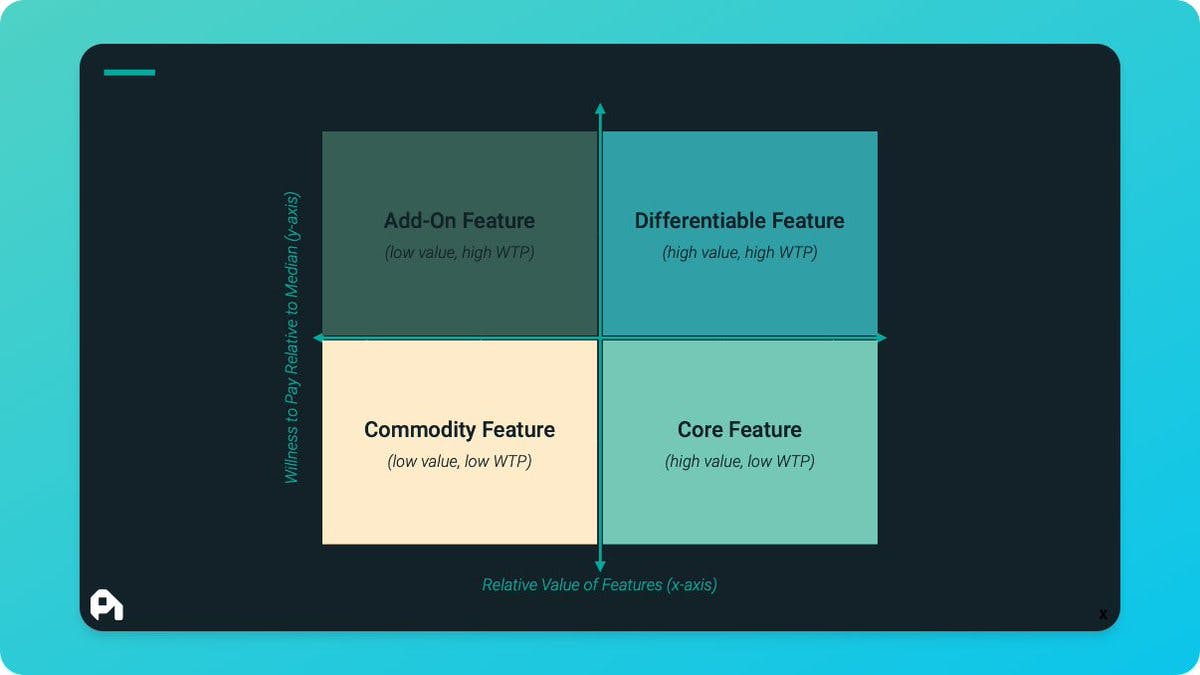
We have enough pricing research that shows that 20% of your customer base is willing to pay for priority support just to have their call or email answered first.
This is true for B2B, DTC, or B2C. And there’s not much that goes into it — simply route their messages differently, and it's easy money. People will pay for convenience and personalized service.
Price based on value metrics
If your pricing scales in some way — users, visits, videos, etc. — you can bake expansion revenue directly into how you make money.
So, instead of having to sell a customer on an add-on or new product, you upgrade them based on their consumption.
For example:
"Congratulations, you're now using 10 new videos. You must be growing! Bumping you up to the next tier. Let me know if I can help."
It's assumptive in the best way and this type of pricing leads to DOUBLE the expansion revenue.
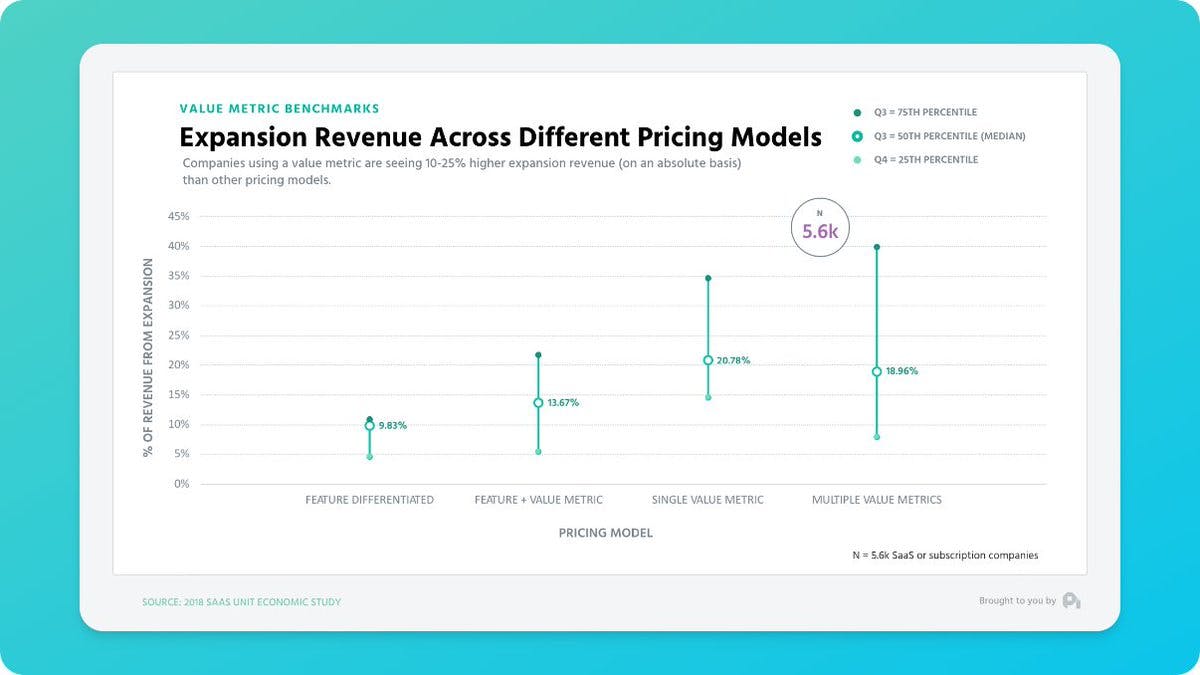
By adjusting the value metric you can hide a pricing shift simply by modifying how much they get with each tier or amount.
Do a histogram analysis of the usage of the metric you currently use and set the limit at 90% of each group. It’s likely that you initially set these limits incorrectly.
Raise your prices
It’s scary, we know. Especially right now.
But, you're likely dramatically underpriced already. So, if your NPS is greater than 20, you have some pricing power — raise your prices.
You will need to prepare now, however. Price increases can happen in September, post the balance sheet and budget blitz.
Increasing your prices is scary, but people understand that the things they need and want cost money. And if your product survives a customer’s cull, it’s a pretty clear indication that they value your product.
Times are scary and uncertain, but it doesn't mean you can't keep growing. You just have to get a little creative.
If all this sounds great, but you're still feeling a bit overwhelmed — we got you. We created a whole guide to help you build and implement a solid expansion revenue strategy. Check it out here.





